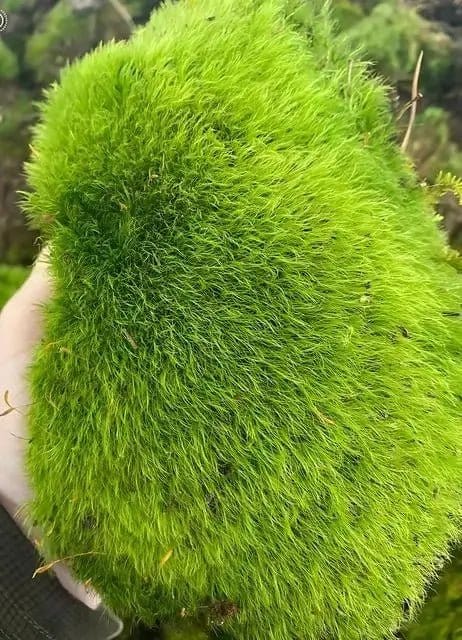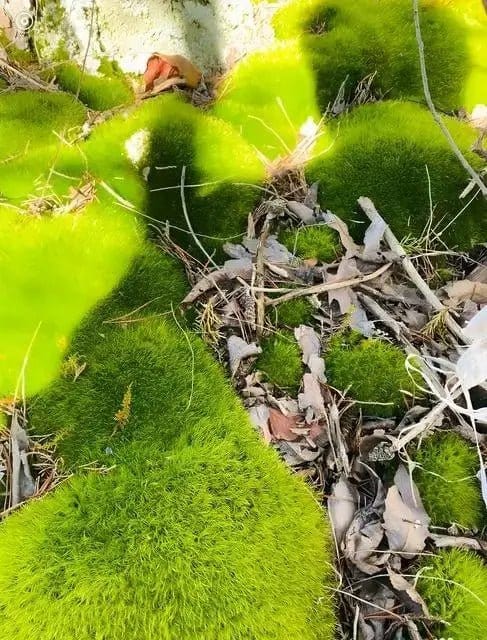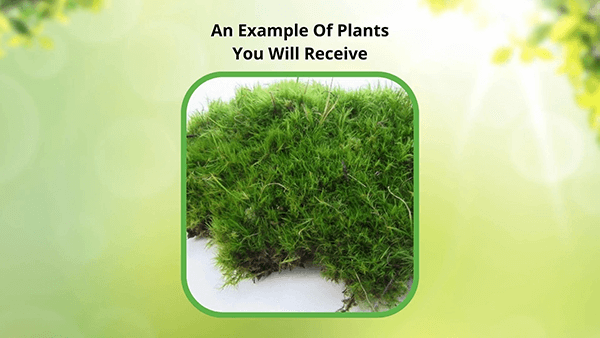Broom Forkmoss
Broom Forkmoss
| Order | Percentage Discount | ||
|---|---|---|---|
| 2-5 | 25% Off | ||
| 6-10 | 30% Off | ||
| 11-25 | 35% Off | ||
| 26-50 | 45% Off | ||
| 51+ | 65% Off | ||
Couldn't load pickup availability
Now
Under 6 Inches
Shade
3-9
Shade Gardens
Bare-root
Broom Forkmoss - Dicranum Scoparium
Broom forkmoss is beautiful in landscaping. It is a type of moss that belongs to the Bryaceae family and is also known as silver-green or silver moss.
Appearance and Growth
It is a small moss that typically grows in dense mats or tufts on soil, rocks, and other surfaces. It has a distinctive silvery-green color and features a forked appearance in its stem structure, which gives rise to its common name. This moss is found in many world regions, including Europe, North America, Asia, and Africa.
Broom Forkmoss Is Used To Help Air Pollution
This moss is often used as an indicator species to assess the impact of air pollution, as it is sensitive to changes in air quality. It prefers moist and shady areas like forest floors, rocks, and tree trunks.
Where To Plant
Look for a spot in your garden or yard that receives partial to full shade and stays wet. Prepare the soil: prefers growing in slightly acidic soil and is rich in organic matter. You can amend the soil with peat moss or leaf litter to create a suitable growing environment. Plant the moss: It can be planted by scattering the clumps of moss over the prepared soil. Press the moss gently into the soil and water it thoroughly.
Requirements
Keep the soil moist but not waterlogged. Water the moss regularly, especially during dry periods. Avoid direct sunlight and provide shade if necessary. Remove any weeds or debris that may interfere with the moss's growth.
This is a slow-growing moss and with proper care, it can create a beautiful and natural-looking ground cover in your garden.
This Is How Your Plants Will Look upon Delivery
Shipping date depends on the date displayed and chosen when you order from the product's page.
We only accept returns on plants verified dead. If you think your plants have died, we offer a 1 year warranty, please use use this File a Claim Link to verify dead plants and start with return warranty process.









